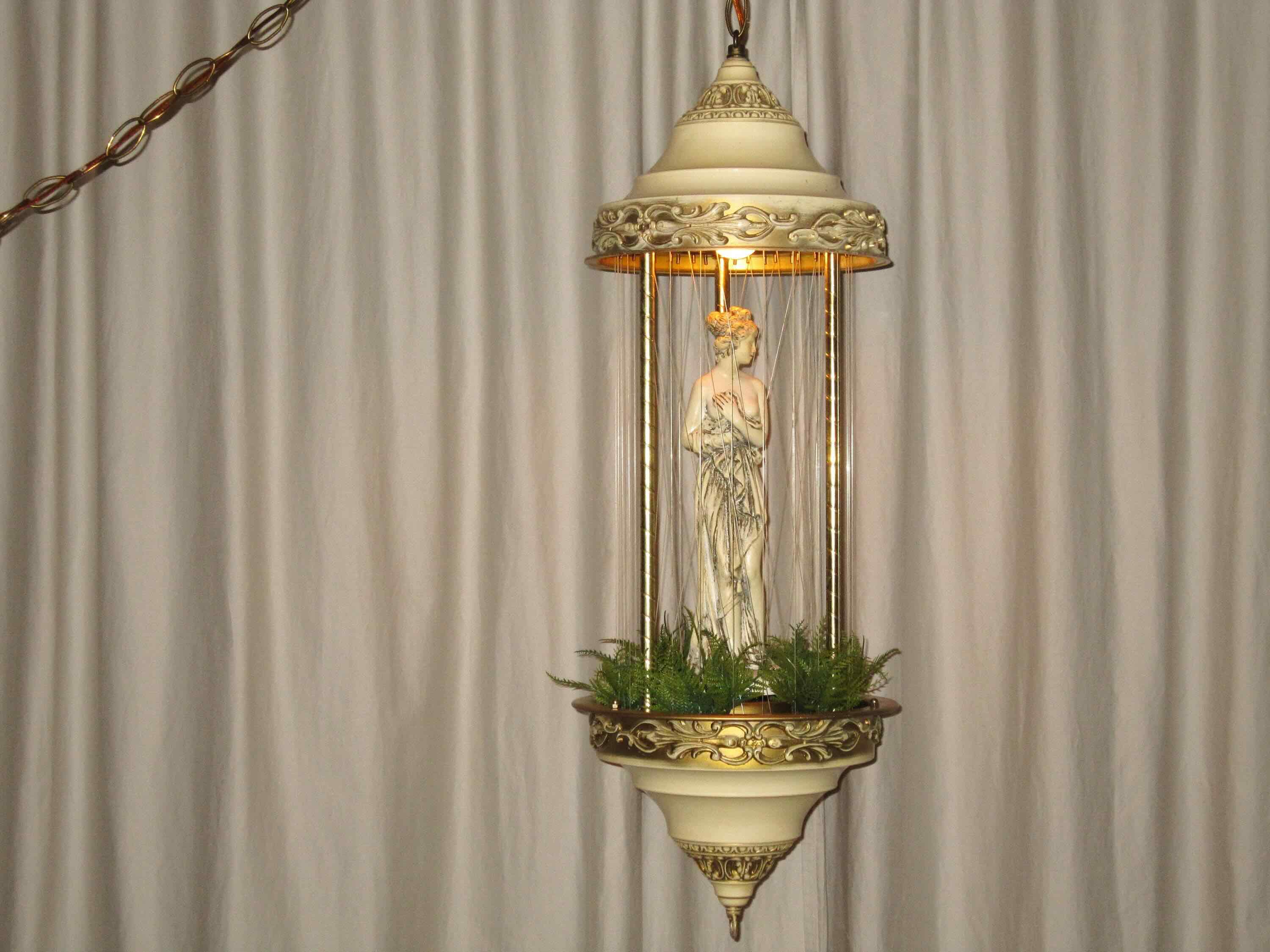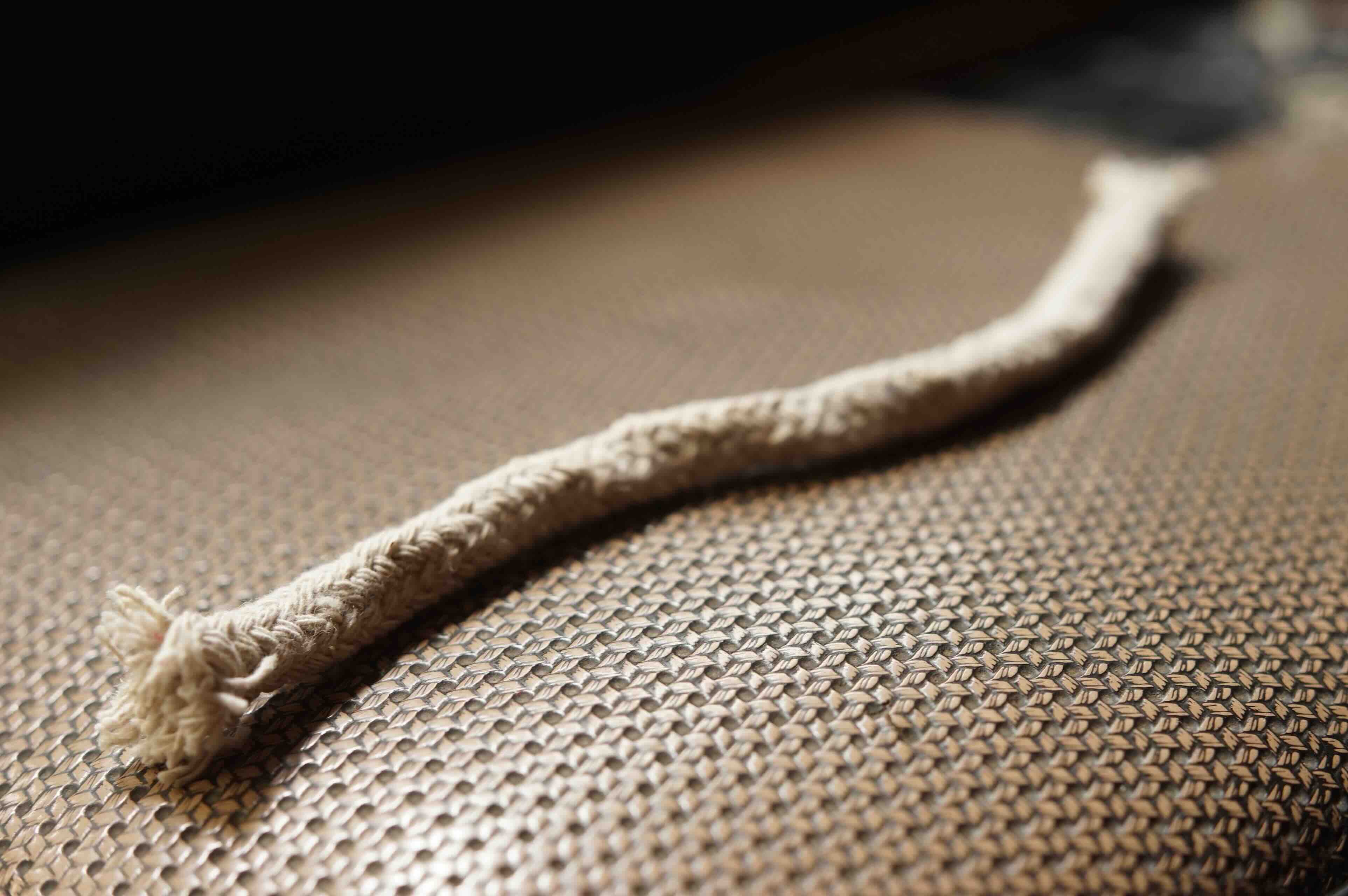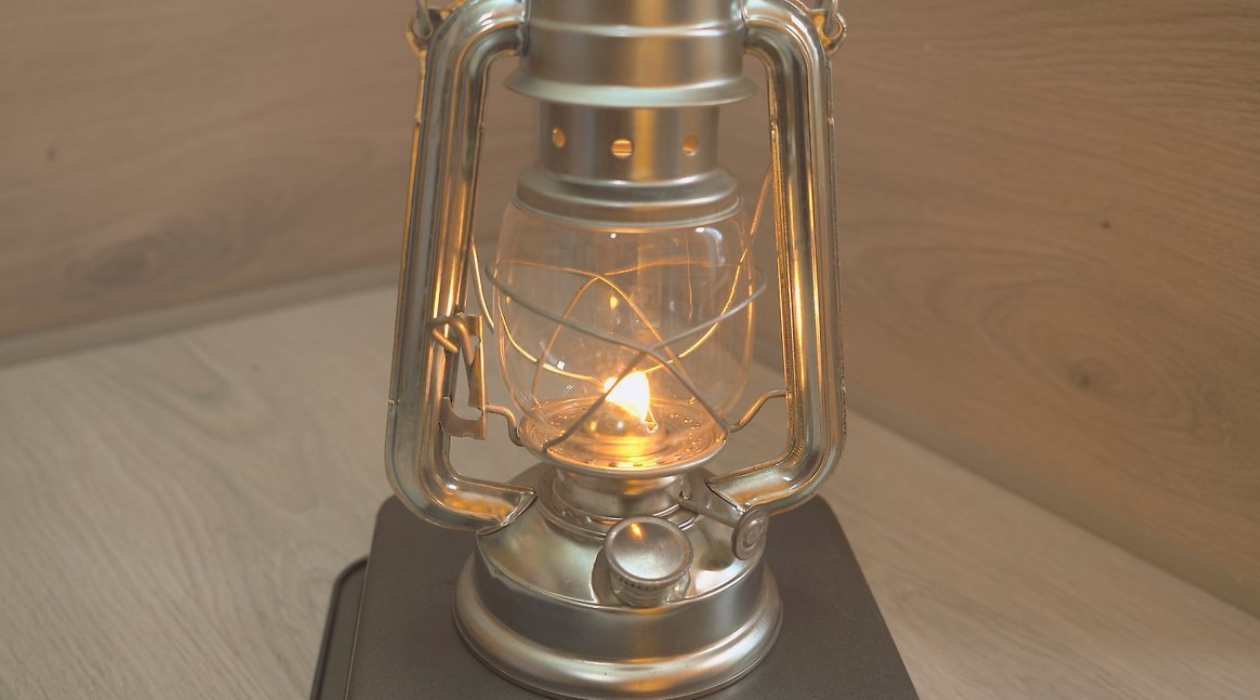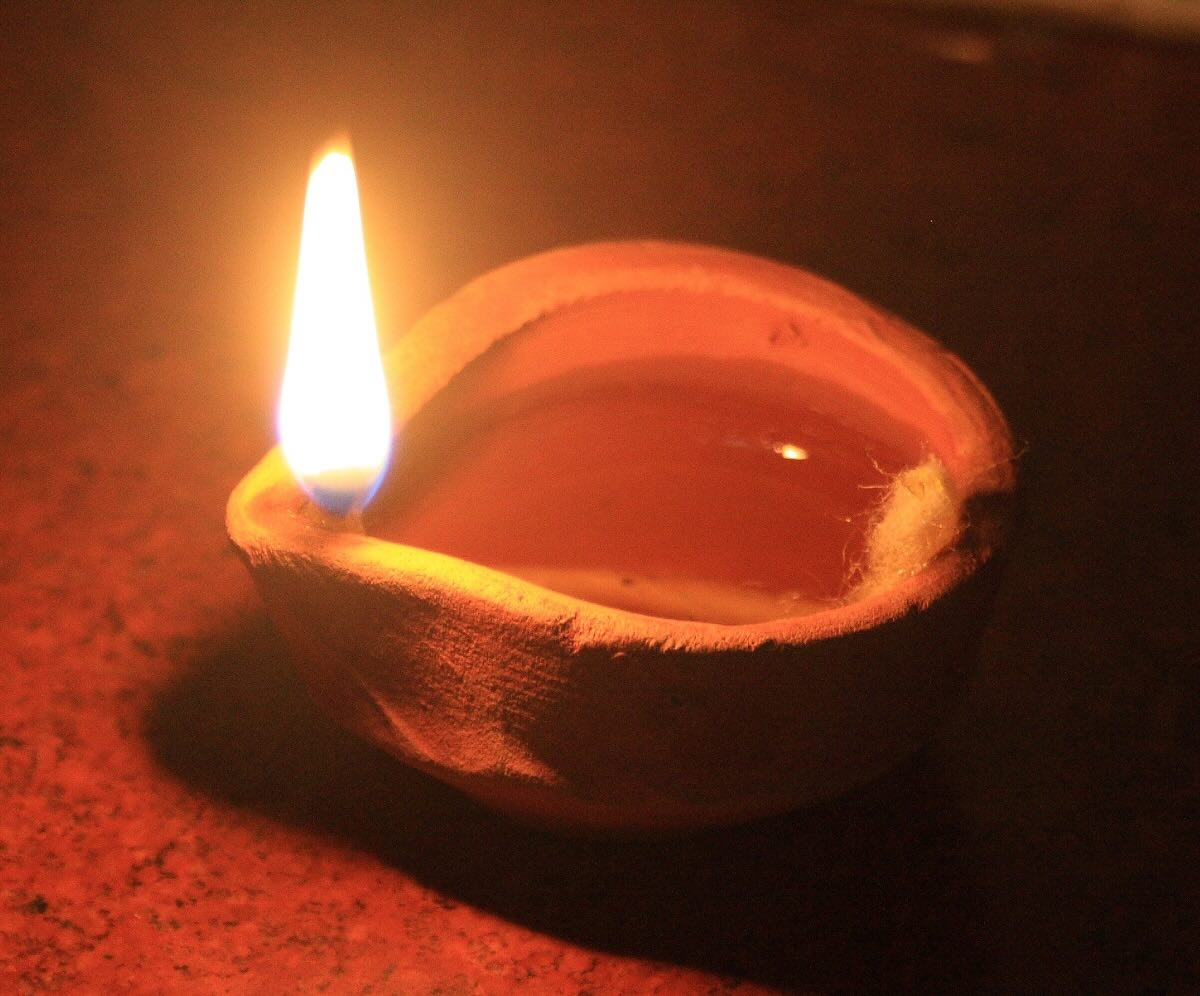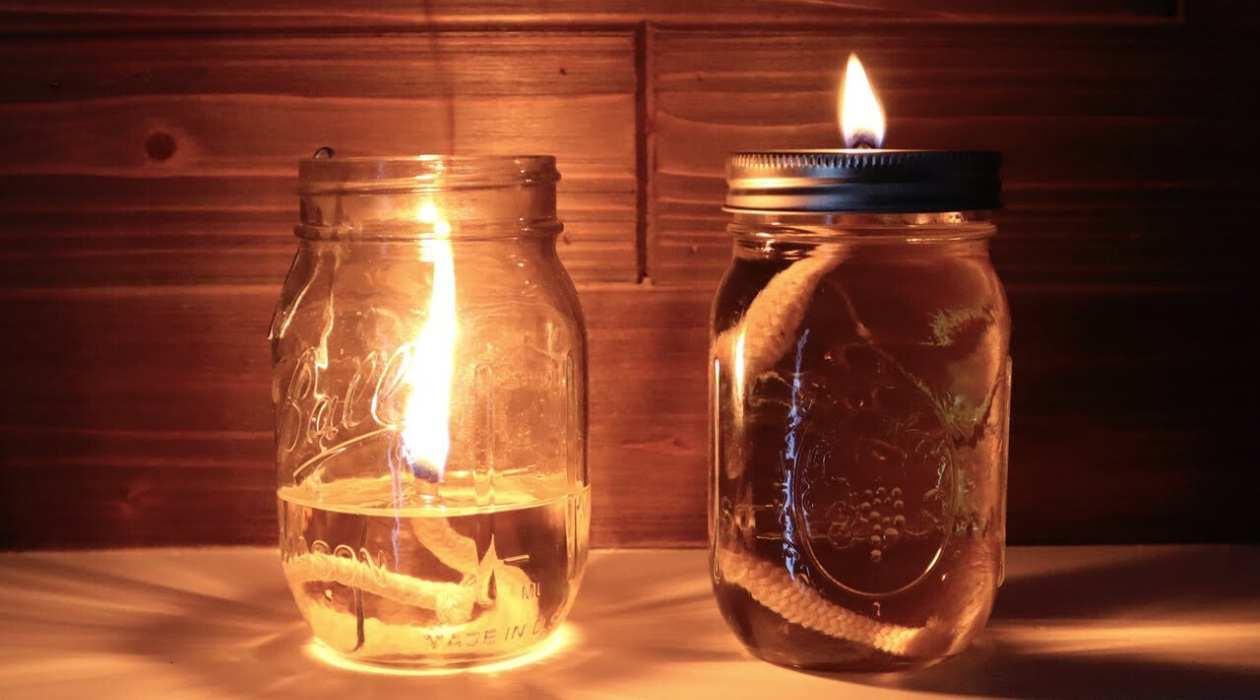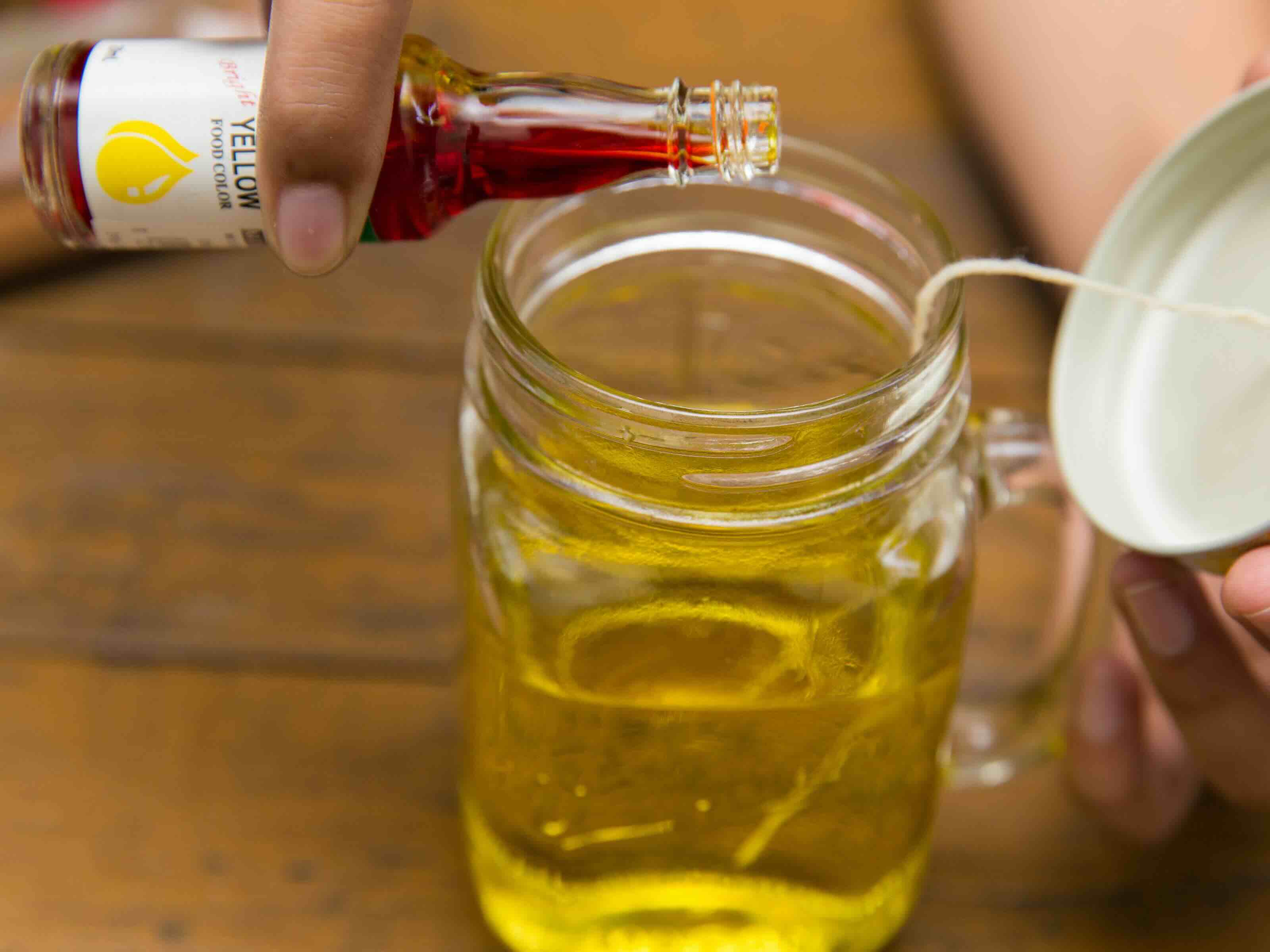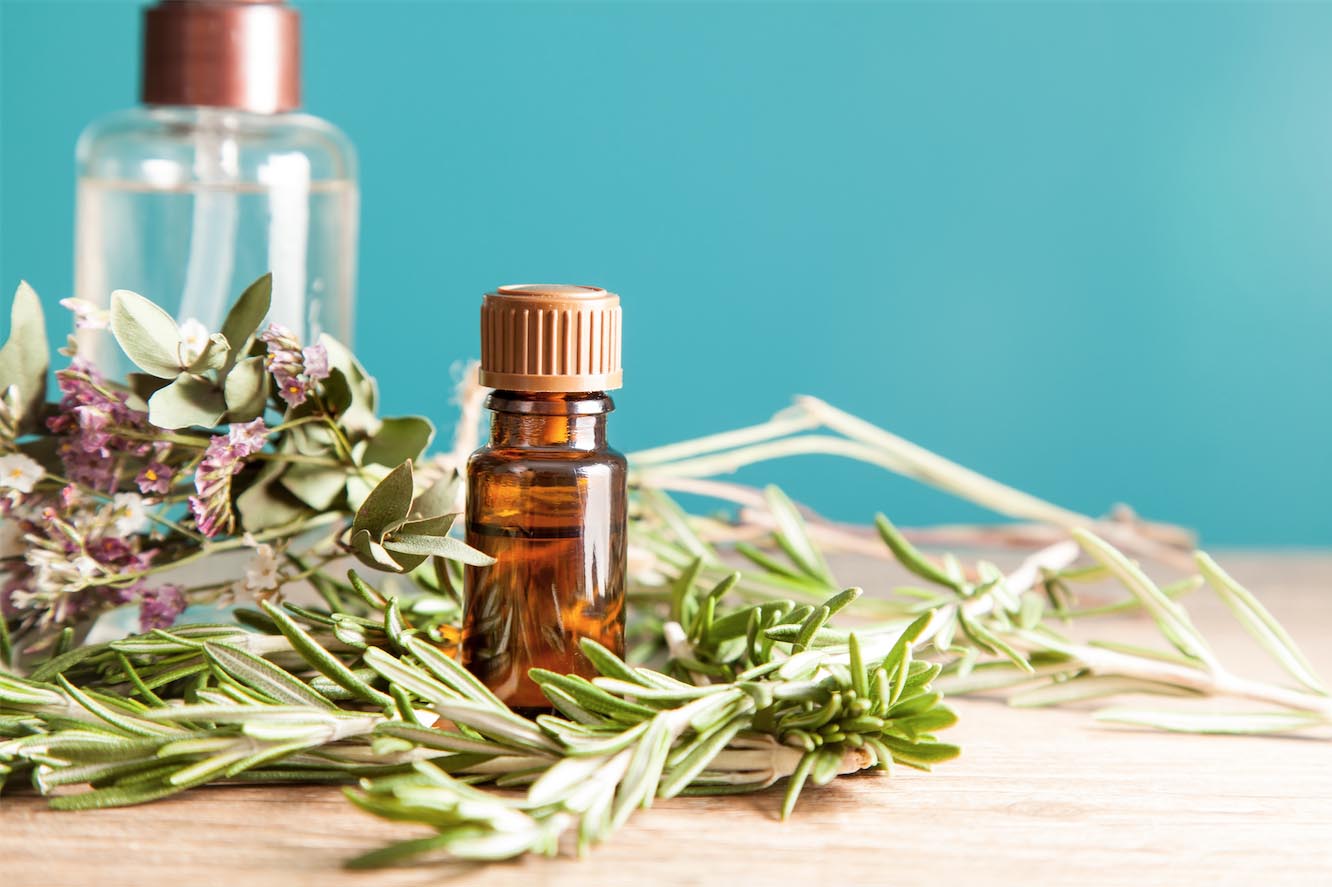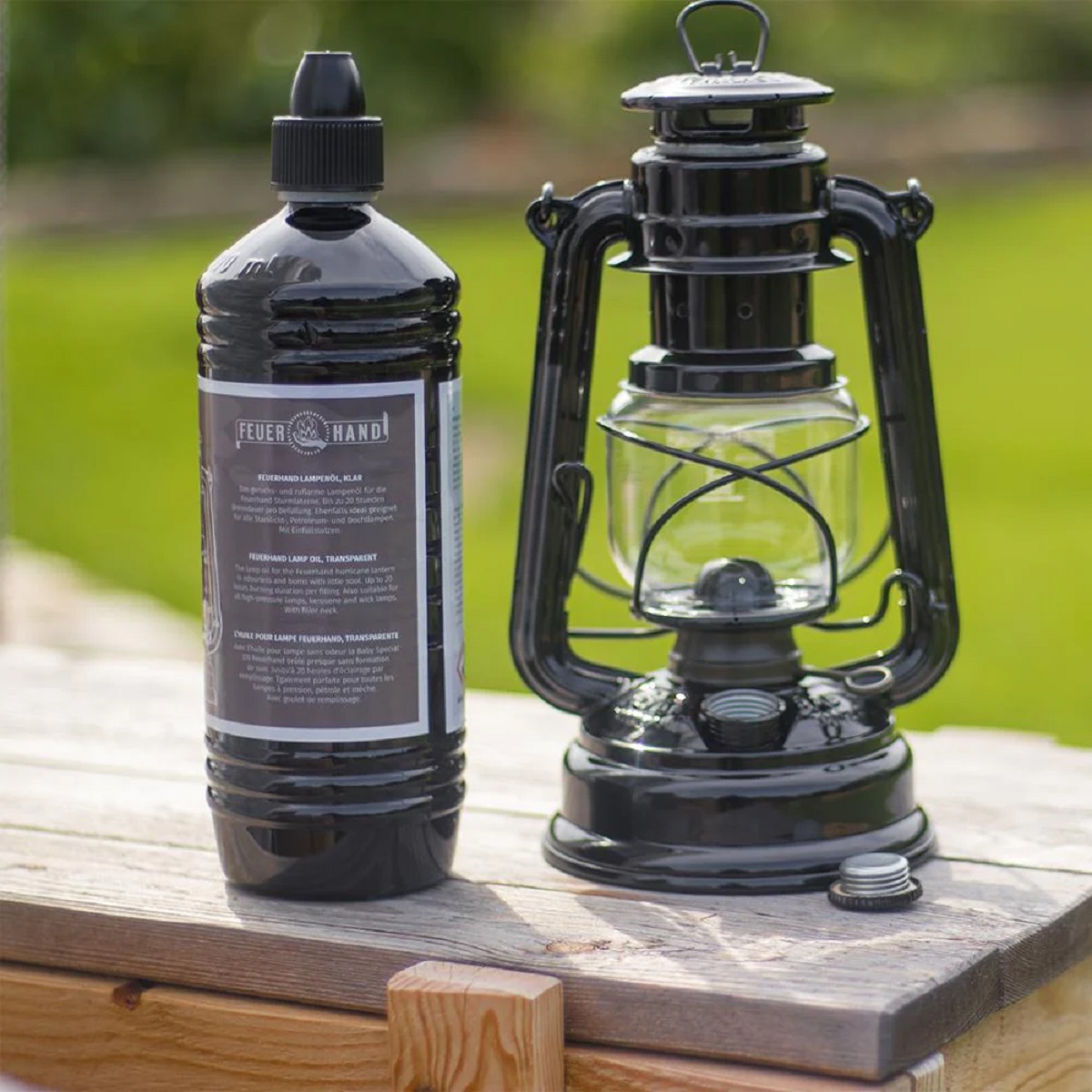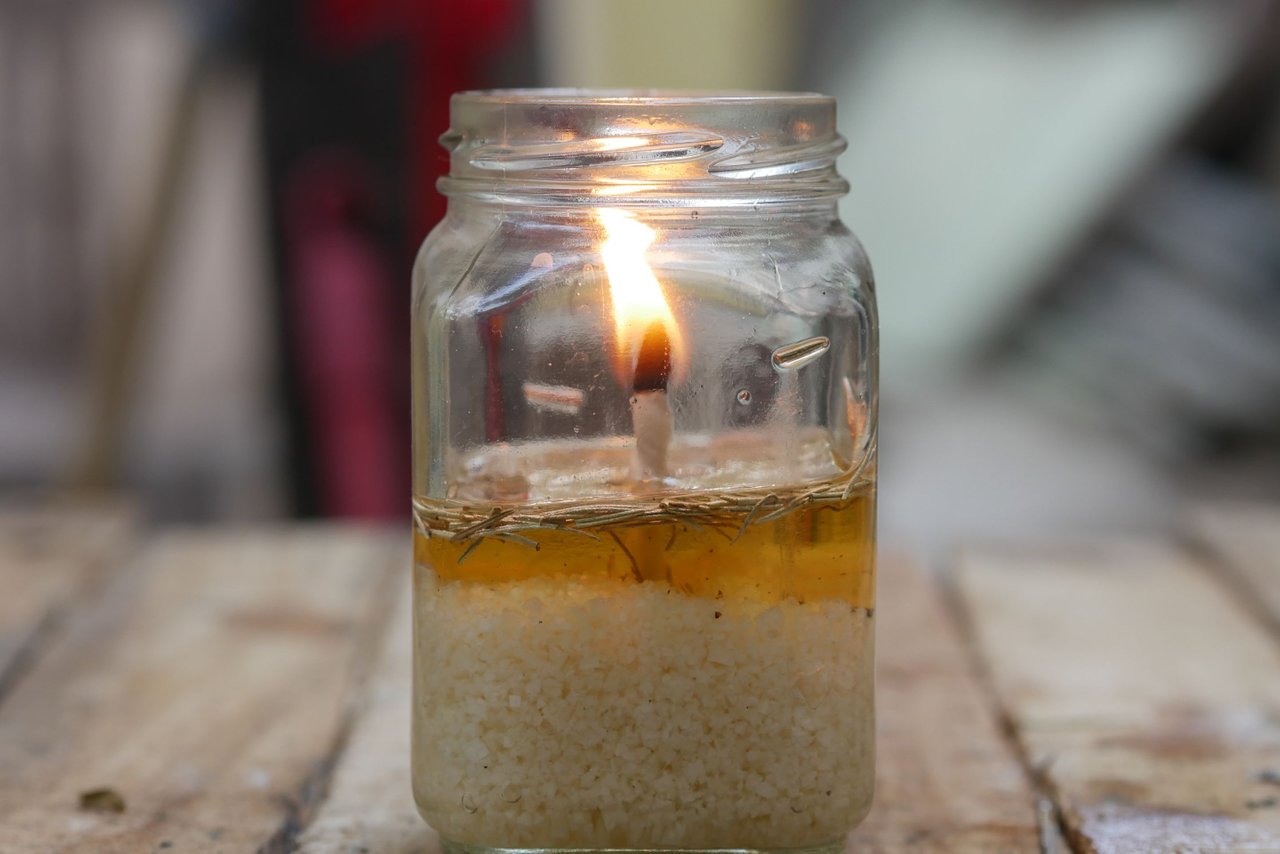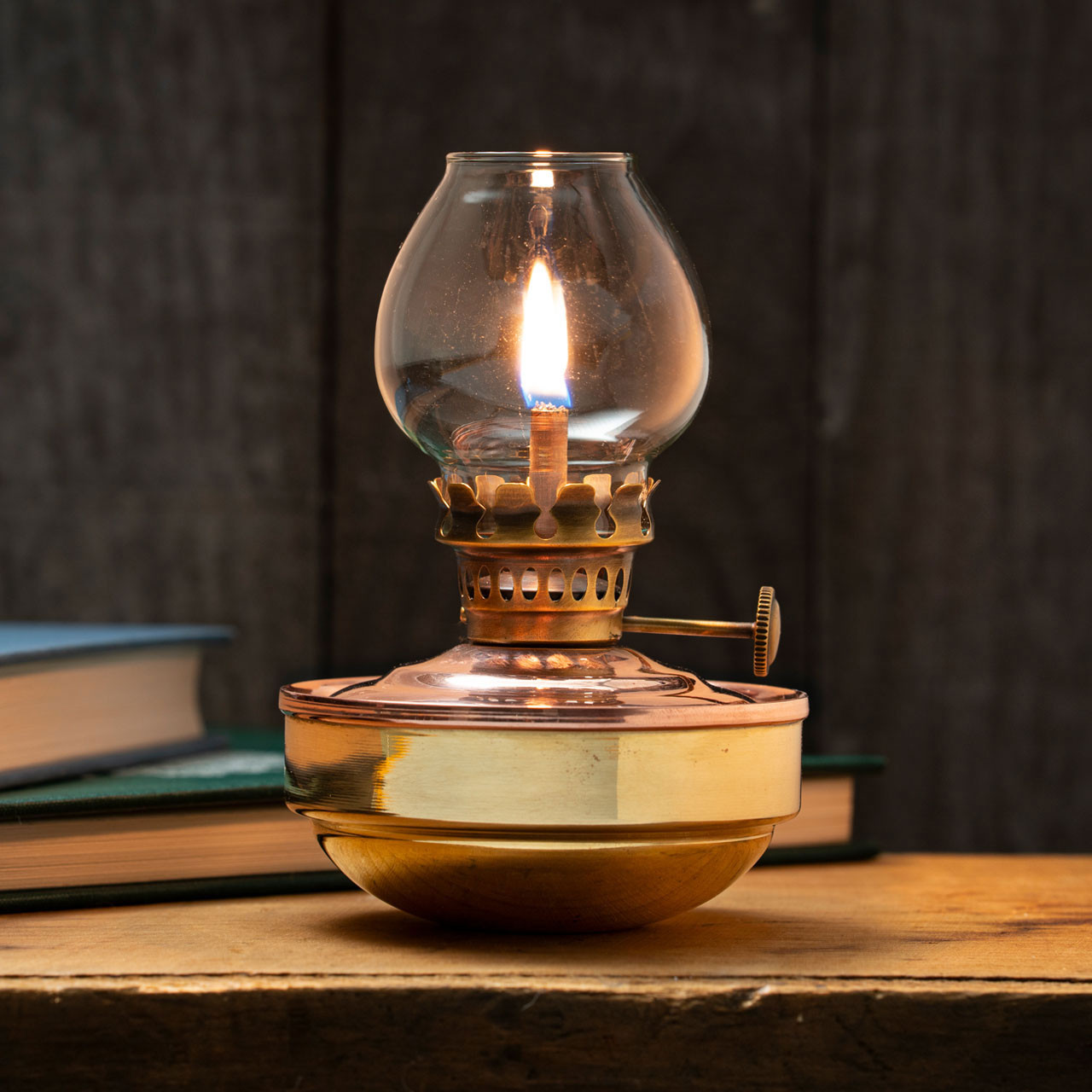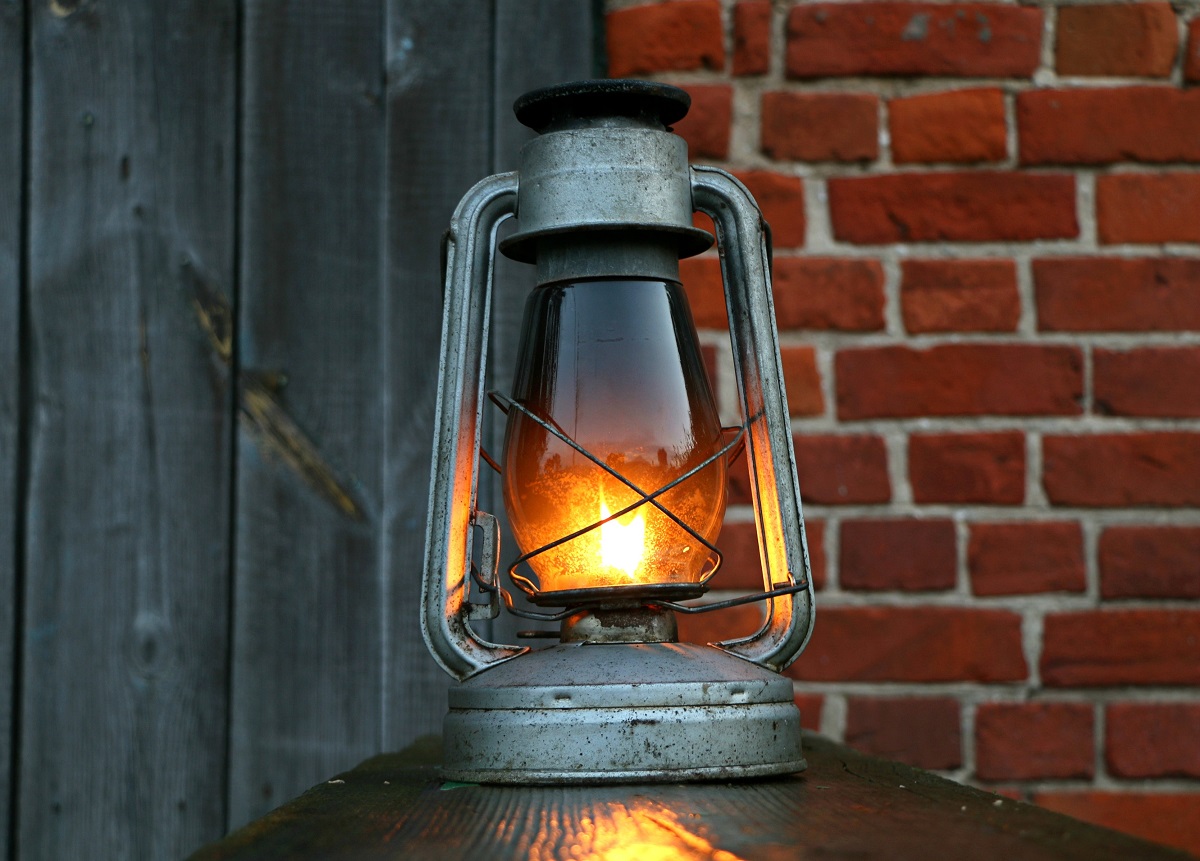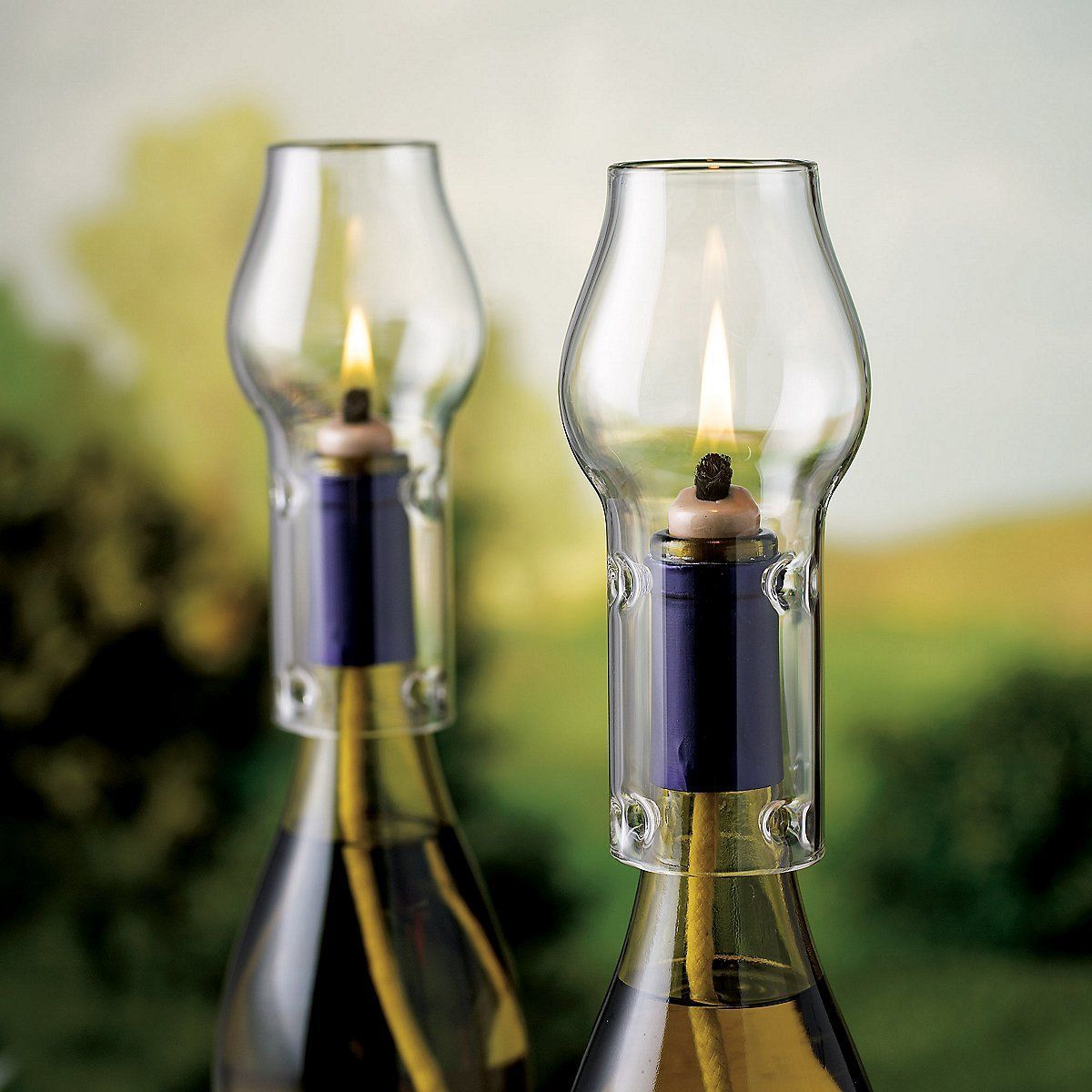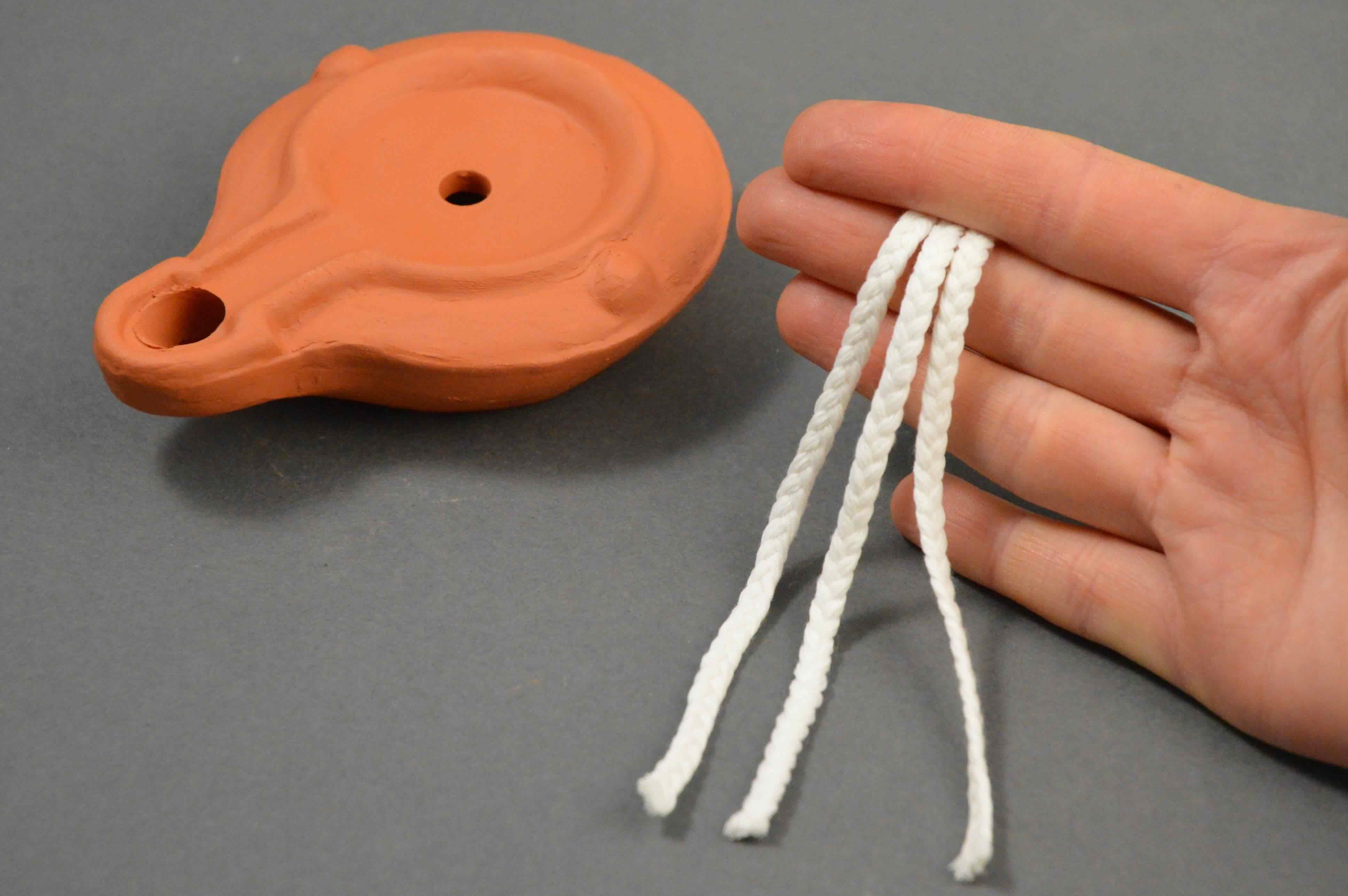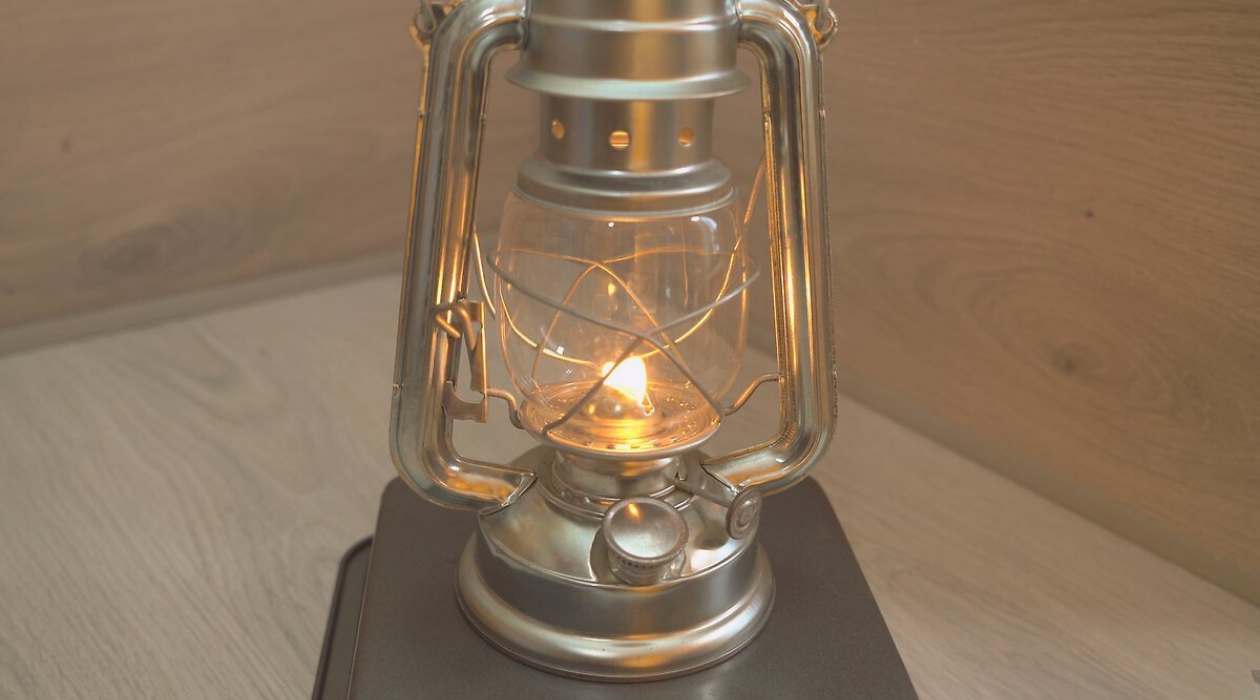

Furniture
How To Use An Oil Lamp
Modified: February 25, 2024
Learn how to use an oil lamp to create a cozy and vintage ambiance in your home. Discover the beauty of oil lamps and find the perfect one for your furniture collection.
(Many of the links in this article redirect to a specific reviewed product. Your purchase of these products through affiliate links helps to generate commission for Storables.com, at no extra cost. Learn more)
Introduction
Welcome to the enchanting world of oil lamps! These timeless and elegant sources of light have illuminated homes for centuries, providing a warm and cozy ambiance. Whether you’re looking to add a touch of nostalgia to your decor, preparing for a power outage, or simply exploring alternative lighting options, an oil lamp is a practical and stylish choice.
In this article, we will guide you through the process of using an oil lamp, from understanding its components to safely maintaining and troubleshooting common issues. So, let’s dive in and discover how to unlock the gentle glow of an oil lamp.
Key Takeaways:
- Embrace the timeless charm of oil lamps to create a warm and inviting ambiance in your home. Follow safety precautions, maintain the lamp, and troubleshoot common issues for an enchanting lighting experience.
- Discover the art of using an oil lamp to add a touch of nostalgia and elegance to your decor. From gathering supplies to adjusting the flame, unlock the gentle glow and create memorable moments.
Read more: How To Use An Oil Diffuser Lamp
Explanation of an Oil Lamp
An oil lamp consists of a few key components that work together to produce light. The base of the lamp holds the oil, which acts as the fuel source. The oil is drawn up through a wick, usually made of cotton, which extends from the base of the lamp to the top. The wick is lit, and the flame burns steadily, providing illumination.
Oil lamps are available in various designs and styles, ranging from traditional to contemporary. Some lamps feature glass shades, helping to protect the flame from drafts, while others have ornate bases or are made from different types of materials like brass or ceramic. The versatility and aesthetic appeal of oil lamps make them a delightful addition to any space.
It’s important to note that when using an oil lamp, it’s essential to choose the right type of oil. Liquid paraffin oil or lamp oil, which can be found in most hardware or home improvement stores, is commonly used. Avoid using regular household oils or flammable liquids, as they can be dangerous and produce excessive soot.
Now that we have a better understanding of an oil lamp’s construction and the appropriate oil to use, let’s move on to gathering the necessary supplies.
Gathering Supplies
Before venturing into the world of oil lamp usage, it’s important to gather the necessary supplies. Here are the key items you’ll need:
- Oil Lamp: Choose an oil lamp that suits your taste and complements your home decor. Consider factors such as size, design, and functionality.
- Lamp Oil: Select a high-quality, odorless lamp oil or liquid paraffin oil. Avoid using alternative fuels or flammable liquids, as they can pose safety hazards.
- Wicks: Purchase replacement wicks that are compatible with your oil lamp. It’s helpful to have a few spare wicks on hand for future use.
- Lighter or Matches: Ensure you have a reliable lighter or matches to ignite the wick.
- Fireproof Surface: Place your oil lamp on a heat-resistant, stable surface, such as a metal tray or stone coaster, to prevent accidents or damage to furniture.
With these supplies at the ready, you’re now equipped to prepare and use your oil lamp safely. Let’s move on to the next step, which is preparing the oil lamp.
Preparing the Oil Lamp
Now that you have gathered your supplies, it’s time to prepare your oil lamp for use. Follow these steps to ensure a smooth setup:
- Clean the Lamp: If your oil lamp is brand new or hasn’t been used in a while, give it a gentle wipe with a soft cloth to remove any dust or residues. This will help maintain the lamp’s appearance and prevent any dirt from interfering with the wick’s performance.
- Inspect the Wick: Take a look at the wick in your lamp. If it appears frayed or worn out, replace it with a fresh wick. Trim the new wick to a length that allows a few centimeters to extend above the lamp’s top when inserted.
- Fill the Base: Unscrew or remove the top part of the oil lamp, exposing the base. Carefully pour the lamp oil into the base, ensuring that you do not overfill it. Leave a small air gap at the top to prevent spills and promote proper combustion.
- Reassemble the Lamp: Screw or place the top part of the oil lamp back onto the base, ensuring a secure and tight fit. This step is important for maintaining the flame’s stability during use.
Once you have completed these steps, your oil lamp is now ready to be ignited. Let’s move on to lighting the oil lamp and creating a warm, ambient glow.
Lighting the Oil Lamp
Now comes the magical moment of lighting your oil lamp and bringing it to life. Follow these steps to safely ignite the flame:
- Ensure a Well-Ventilated Area: Before lighting the lamp, make sure you are in a well-ventilated space. This will help prevent the buildup of fumes and ensure a clean and steady burn.
- Hold the Wick: Gently lift the wick with your fingers or a pair of tweezers, making sure it is centered and standing upright.
- Ignite the Wick: Using a lighter or matches, carefully bring the flame to the wick and touch it at the top. The wick will catch fire, and the flame will begin to burn steadily.
- Observe the Flame: As the flame burns, observe its size and adjust the wick as needed. For a brighter flame, slightly raise the wick. To dim the flame, lower the wick. The ideal flame height is about half an inch to an inch above the wick holder.
- Allow the Flame to Stabilize: After successfully lighting the oil lamp, give it a few moments for the flame to stabilize. This ensures that the wick is burning cleanly and efficiently.
- Enjoy the Warm Glow: Once the flame is stable, take a step back and bask in the gentle, warm glow of your oil lamp. Whether you’re using it for ambient lighting, reading, or creating a cozy atmosphere, the flickering flame is sure to create an inviting ambiance.
Remember to never leave an oil lamp unattended while it is lit. Now that your oil lamp is beautifully illuminated, let’s move on to adjusting the flame for optimal brightness and performance.
When using an oil lamp, make sure to trim the wick to 1/4 inch before lighting to prevent excessive smoke and soot. Also, use clean, high-quality lamp oil for best results.
Read more: What Kind Of Oil Does An Oil Lamp Use
Adjusting the Flame
The flame of an oil lamp can be adjusted to control its brightness and ensure optimal performance. Follow these steps to adjust the flame:
- Wait for the Lamp to Reach Optimal Temperature: Before making adjustments, allow the lamp to burn for a few minutes to reach its optimal temperature. This ensures that any excess fuel has been burned off and the flame is stable.
- Raise or Lower the Wick: To increase the brightness of the flame, gently raise the wick using your fingers or a pair of tweezers. For a dimmer flame, lower the wick. Make small adjustments and observe the changes in flame height and intensity.
- Keep the Flame Steady: Once you have adjusted the wick, allow the flame to stabilize for a few moments. This ensures that the wick has absorbed enough oil to sustain a consistent burn.
- Observe and Fine-Tune: Take a step back and observe the flame. If it appears smoky or produces excessive soot, the wick may be too high. Lower it slightly to achieve a cleaner burn. Conversely, if the flame is too small or sputtering, raise the wick slightly to increase its size and steadiness.
- Ensure Proper Airflow: If you notice that the flame is flickering or dancing in an erratic manner, it may be due to improper airflow. Adjust the placement of the lamp or use a glass shade, if available, to protect the flame from drafts.
By carefully adjusting the flame, you can customize the lighting experience to suit your needs and preferences. Now that you have mastered flame adjustment, let’s move on to maintaining your oil lamp.
Maintaining the Oil Lamp
To keep your oil lamp in optimal condition and ensure its longevity, regular maintenance is essential. Follow these guidelines to properly maintain your oil lamp:
- Trim the Wick: Over time, the wick may become charred or uneven. To maintain a clean and efficient burn, trim the wick regularly, removing any excess or burned portions. This will promote a steady flame and prevent soot buildup.
- Clean the Glass Chimney (if applicable): If your oil lamp has a glass chimney or shade, clean it periodically to remove any dirt or residue. Use a mild glass cleaner and a soft cloth to gently wipe the glass, ensuring it remains clear and transparent, allowing the light to shine through.
- Refill the Oil: As the lamp burns, the oil level will decrease. Refill the base of the lamp with fresh oil when necessary, making sure not to overfill it. Dispose of any old or contaminated oil properly.
- Store Properly: If you plan to store your oil lamp for an extended period, clean it thoroughly and remove any remaining oil. Store the lamp in a cool, dry place, away from direct sunlight or extreme temperatures. This will prevent any potential damage or degradation.
- Regular Inspections: Periodically inspect your oil lamp for any signs of damage or wear, such as cracks or loose fittings. Address any issues promptly to prevent further damage and ensure safe usage.
By following these maintenance practices, you can ensure that your oil lamp remains in excellent condition and provides many hours of enchanting light. Now, let’s move on to essential safety precautions to keep in mind while using an oil lamp.
Safety Precautions
While using an oil lamp can bring a charming ambiance to your space, it’s important to prioritize safety. Keep these precautions in mind to enjoy your oil lamp responsibly:
- Keep Flammable Materials Away: Ensure that your oil lamp is placed on a stable surface, away from any flammable materials such as curtains, papers, or fabrics. This will minimize the risk of accidental fires.
- Never Leave Unattended: Always extinguish the flame and never leave your oil lamp unattended. Even a small accident can escalate quickly, so make sure to extinguish the flame before leaving the room or going to sleep.
- Keep Out of Reach: Keep the oil lamp out of reach of children and pets. The lamp and its components can become hot during use, posing a burn hazard.
- Use in Well-Ventilated Areas: Ensure that the room you’re using the oil lamp in is well-ventilated to prevent the buildup of fumes and carbon monoxide. Opening a window or using a fan can help maintain good airflow.
- Use Properly Designed Lamps: Avoid makeshift oil lamps or using improper containers for holding oil. Use lamps specifically designed for oil burning to ensure proper safety features and prevent accidents.
- Extinguish Safely: To extinguish the flame, gently blow on it or use a snuffer cap or extinguishing tool if provided with your lamp. Avoid pouring or splashing water on the flame, as this may cause hot oil to splatter and create a fire hazard.
- Maintain a Fire Extinguisher Nearby: It’s always a good idea to have a fire extinguisher handy in case of emergencies. Familiarize yourself with its usage and keep it accessible in case of any accidents.
By following these safety precautions, you can confidently enjoy the beauty and warmth of your oil lamp while keeping your surroundings secure. Now, let’s move on to troubleshooting common issues that you may encounter while using an oil lamp.
Troubleshooting Common Issues
While using an oil lamp may seem straightforward, there can be occasional issues that arise. Here are some common problems you may encounter while using an oil lamp and how to troubleshoot them:
- Sooty Flame: If your flame appears smoky and produces soot, it may be due to a high wick or contaminated oil. Lower the wick slightly and ensure that you are using clean, high-quality lamp oil.
- Weak or Flickering Flame: If the flame is weak and flickering, it may be a sign of low oil level or a dirty wick. Refill the oil and trim the wick to a clean, even length for a steady burn.
- Excessive Smoke: If your oil lamp is producing excessive smoke, it may be due to using a low-quality or incorrect type of oil. Switch to a high-quality lamp oil or liquid paraffin oil specifically designed for oil lamps.
- Unpleasant Odor: If your oil lamp is emitting a strong, unpleasant odor, it may be a sign of contaminated oil or a dirty wick. Replace the oil with fresh, clean liquid paraffin oil and trim the wick to remove any charred portions.
- Difficulty Lighting: If you’re having difficulty lighting your oil lamp, it may be due to a high wick or insufficient fuel absorption. Lower the wick and allow it to soak in the oil for a few minutes before attempting to relight it.
- Uneven Burning: If your flame is burning unevenly or sputtering, it could be due to a dirty or clogged wick. Clean or replace the wick to ensure a smooth, steady burn.
By following these troubleshooting steps, you can overcome common issues and continue to enjoy the warm glow of your oil lamp. Now, let’s conclude our guide to using an oil lamp.
Read more: How To Dispose Of Lamp Oil
Conclusion
Using an oil lamp adds a touch of charm and elegance to any space, providing a warm and inviting ambiance. By understanding the components of an oil lamp, gathering the necessary supplies, and following the proper steps to prepare, light, and maintain the lamp, you can enjoy the delightful glow it brings.
Remember to prioritize safety by keeping the lamp away from flammable materials, never leaving it unattended, and ensuring proper ventilation. Regular maintenance, such as trimming the wick and cleaning the lamp, will ensure optimal performance and longevity.
Should you face any common issues, such as a sooty flame or weak burn, troubleshooting techniques can help you resolve them effectively. Always prioritize safety and follow the recommended practices for a wonderful oil lamp experience.
So, light up your oil lamp, bask in its gentle glow, and let it create a cozy and enchanting atmosphere in your home. Whether used for everyday lighting or as a backup during power outages, an oil lamp is a timeless and practical choice that brings warmth and beauty to any space.
Embrace the charm of an oil lamp and let its gentle light guide you through your evenings and create memorable moments.
Frequently Asked Questions about How To Use An Oil Lamp
Was this page helpful?
At Storables.com, we guarantee accurate and reliable information. Our content, validated by Expert Board Contributors, is crafted following stringent Editorial Policies. We're committed to providing you with well-researched, expert-backed insights for all your informational needs.
